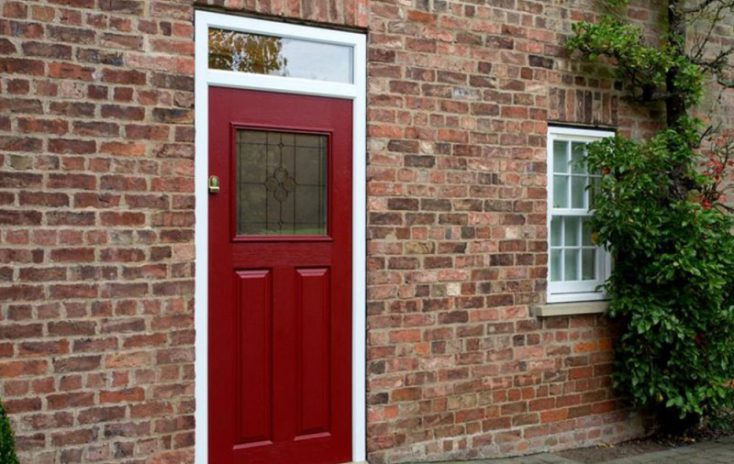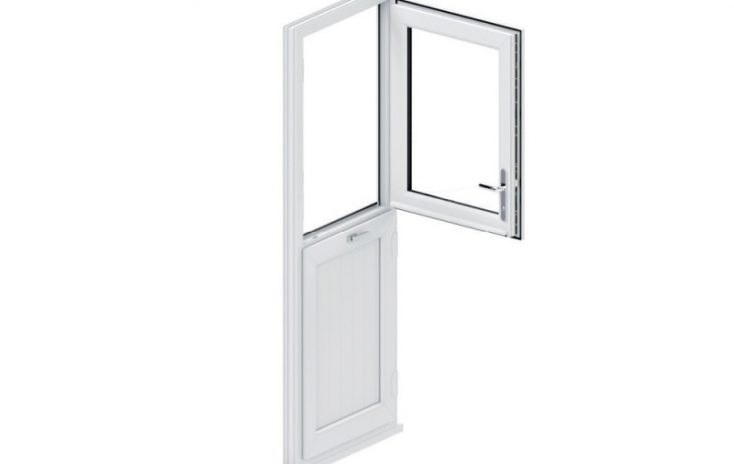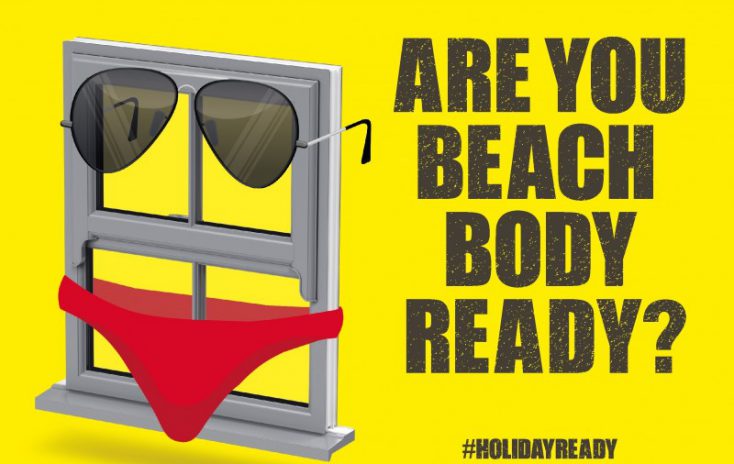The UK fenestration industry, encompassing windows, doors, and related products, is experiencing a period of significant transformation.
This shift is driven by a combination of economic fluctuations, political uncertainties, and evolving consumer behaviours.
As we look towards the future, understanding current trends and projecting future directions is crucial for stakeholders within the industry to be able to prepare their business and marketing strategies.
Current Trends
Impact of Upcoming Election
As the UK approaches a general election, consumer behaviour becomes more cautious.
The uncertainty surrounding major votes typically leads to stagnation in spending as the public waits for clarity on policies that could affect their personal finances. Typically, consumers will hold back on large spending decisions. This can impact a variety of activities related to the fenestration industry, for example:
- Property renovations
- Buying and selling of property
- Construction projects
Each of these can result in the purchase of windows or doors and can provide a glimpse at the wider property market.
As such, it is expected, and has been seen, that the election period can have a knock-on effect on the industry.
All eyes will be on the data post-election to see if consumers that have held back large spending decisions then begin to commit to them, causing a bounce in demand, or if they hold off further, potentially in the hope of an interest rate cut, as discussed below.
Bank of England Base Rate Changes
With the Bank of England holding its Base Rate at the highest level for many years, and therefore interest rates on financial products being at their highest level for many years too, consumers are less willing to take out finance to cover large projects, whether this be full renovations, or replacement of several windows or doors.
Additionally, as mortgage rates are particularly high and unstable at present, consumers are less likely to be looking to move house, which can further impact demand. This impact can come from sellers not renovating as much pre-sale, or buyers not conducting as many large projects post-sale.
More recently, there are expectations that the Bank of England is likely to cut the Base Rate at some point this year, likely in August. This will increasingly make consumers hold off on large purchases, as they may be able to achieve lower-rate finance if they wait.
With that said, when interest rates do begin to come down, it is expected that this will give a bit of a boost to consumer confidence and likely result in increased spending power.
Decline in Search Interest
The fenestration industry enjoyed a boom during the COVID-19 pandemic.
This period saw a significant increase in search traffic and consumer interest as people redirected spending from activities that they couldn’t do, such as leisure, into home improvements. The industry experienced record years, with supply chains stretched to meet the surge in demand for new windows and doors.
However, as the broader economy reopened and inflation and interest rates began to rise, there was a notable slowdown in search interest. Current levels of interest have regressed to those seen in 2008-2013, a time following the biggest global financial crisis since the Great Depression.
Just to illustrate the changes, the search interest for “upvc windows” in the first two quarters of 2024 is comparable to the levels from 2013:

For “upvc doors” it goes even further back and is comparable to levels seen in 2008-12.

Interest around composite doors was gradually building up from 2006 to reach its peak in May 2021. It then started declining and in the first two quarters of 2024 it stayed below 50 which is lower than in 2023 and comparable to what we saw in 2015:

This decline in consumer interest poses a challenge for the industry, which must now adapt to a less active market environment.
Inflation Stabilisation
One positive development for the fenestration industry is the recent stabilisation of inflation. After years of rising costs and a cost of living crisis that has severely impacted household spending on big-ticket items, inflation has now fallen back to the target of 2%. This stabilisation could restore consumer confidence, easing financial pressures and potentially encouraging a return to spending on home improvements.
It is important to note, however, that costs are still rising, albeit much slower than they were. It will therefore require people’s incomes to rise whilst inflation remains low to begin to offset the differences seen in recent years.
Future Directions
Adapting to Economic Conditions
The fenestration industry must navigate the complexities of a stabilising yet cautious economy.
With inflation now at a significantly lower rate, there is an opportunity for the industry to capitalise on renewed consumer confidence. However, the challenge remains to manage costs effectively, especially given the persistent shortage of skilled labour and the rising prices of materials.
This may mean looking at your business and assessing where you can obtain higher order values or generate new work with lower costs. Examples of this could be focusing marketing budgets on activities that generate lower cost leads, or reviewing your product range and ensuring you’re upselling optional extras.
Reaching Out For Opportunities
With the recent collapse of several double glazing companies, and the assets of Everest and Safestyle acquired by Anglian Home Improvements, the competitive landscape has significantly changed.
While it is understandably concerning that some companies have gone into administration, causing apprehension among customers and the industry alike, this consolidation also creates substantial opportunities for growth.
With fewer competitors in the market, there is now an increased potential for companies to expand their market share, innovate, and attract new business. While demand may be lower at present, the reduced competition can help to offset some of this.
Innovating and Diversifying
Innovation and diversification will be key to sustaining growth in a competitive market. Home improvement companies should explore new technologies and energy-efficient solutions to attract consumers.
To navigate these challenges and position themselves for future growth, double glazing companies could consider diversifying their market by expanding into retail if you currently serve trade only, or into trade if only serving retail at present. This approach focuses on broadening market reach.
By continuing to deliver high-quality service and value to consumers, double glazing companies can achieve sustained success in this dynamic sector. With a commitment to excellence and value, they will be well-positioned to thrive in an evolving market.



